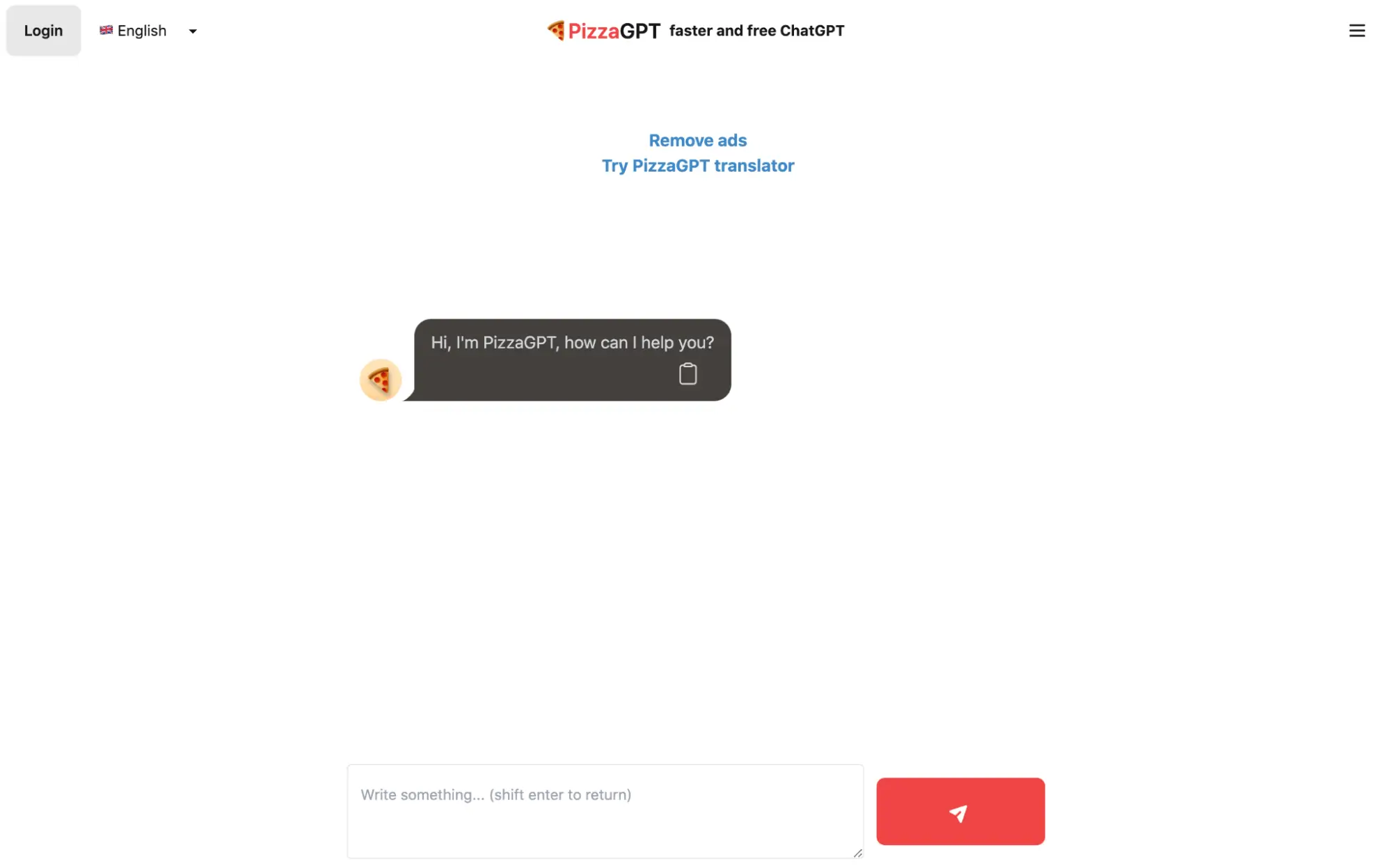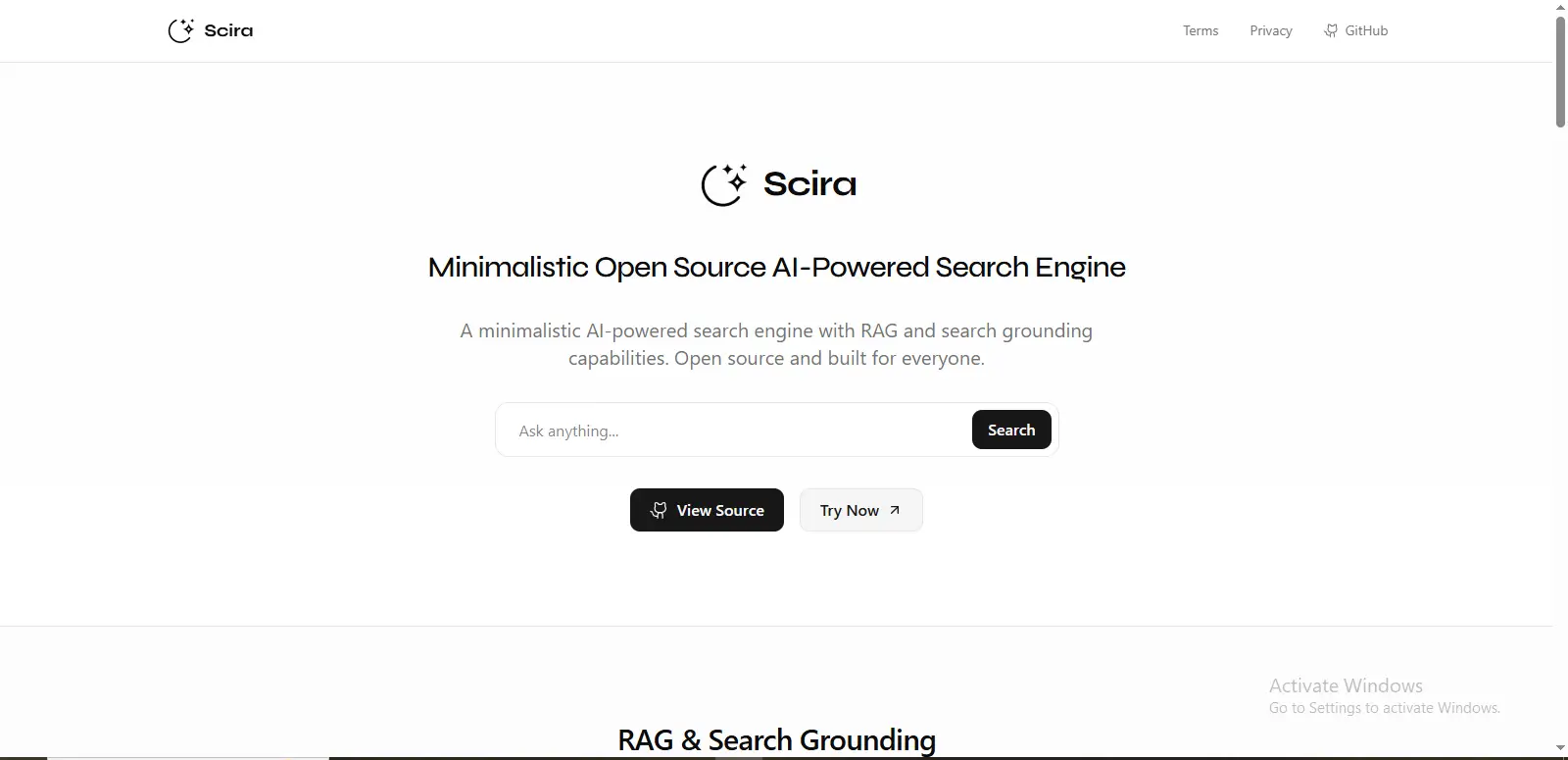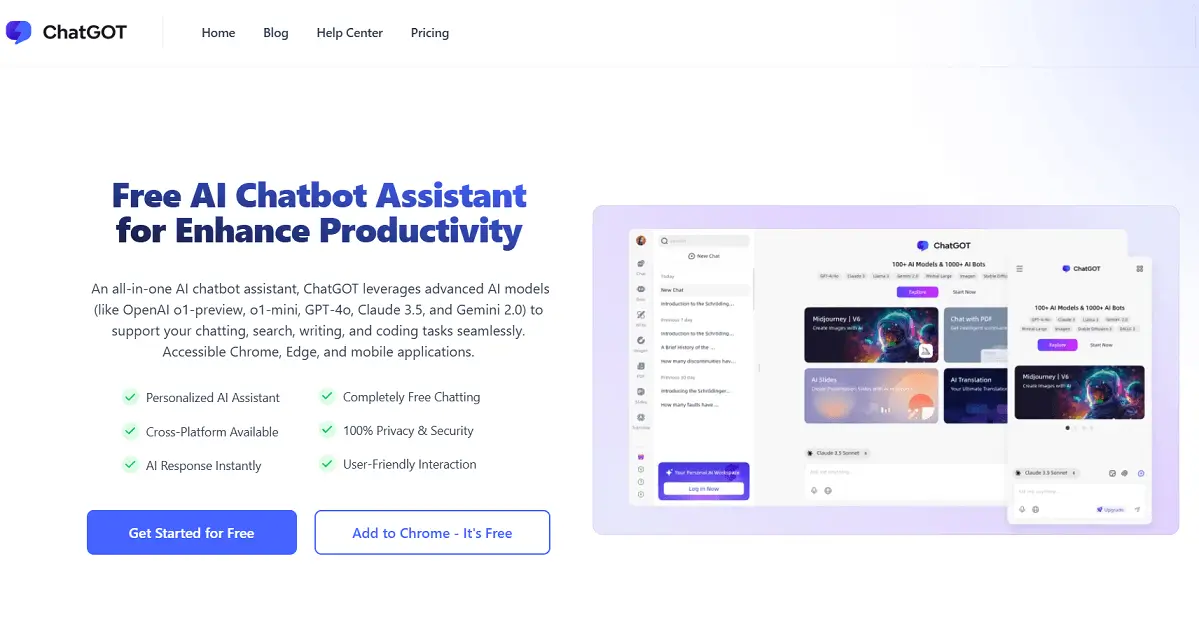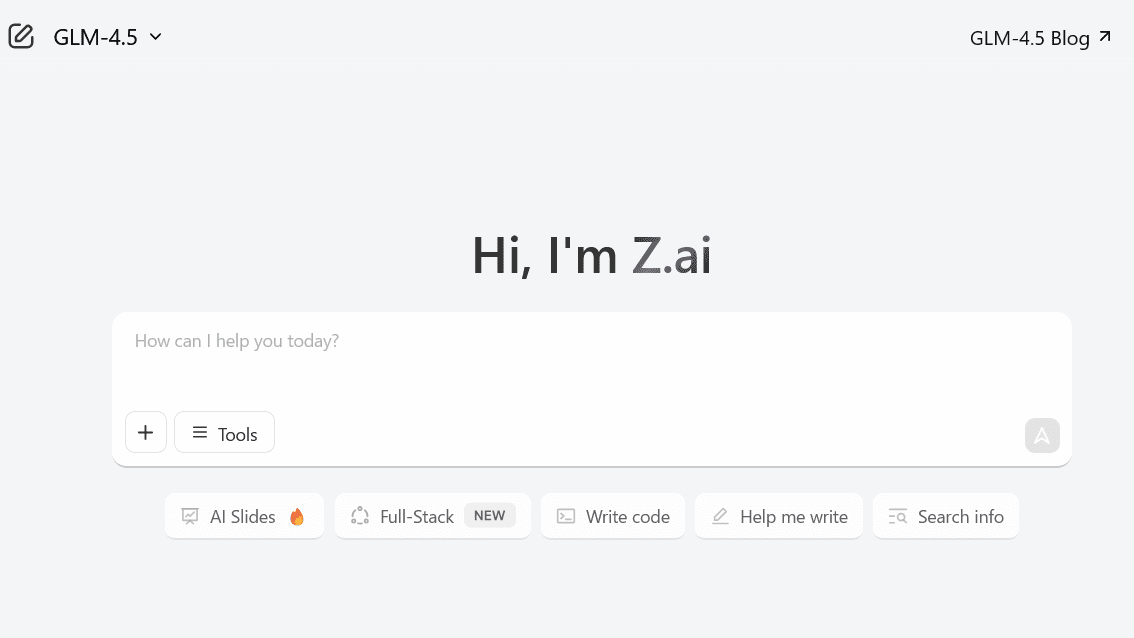Protocol Pal is a groundbreaking AI-powered tool designed to revolutionize laboratory workflows and protocols for researchers and scientists. Serving as a “life saver” in the lab, it offers automated guidance to streamline processes and enhance efficiency.
Researchers can upload and organize procedures on the platform, leveraging machine learning algorithms to detect potential issues or inconsistencies within the steps. Developed by a team of skilled developers, including @BasamAlasaly, @oceanexplains, and @tkruer, Protocol Pal is available on GitHub, ensuring accessibility to the scientific community.
By automating lab procedures and identifying potential issues, Protocol Pal saves valuable time while improving the accuracy and reproducibility of experiments. Its AI technology is adaptive, learning from scientists’ input to tailor solutions to specific laboratory environments and procedures.
With the ability to optimize workflows, reduce errors, and elevate the overall lab experience, Protocol Pal stands as an invaluable tool for researchers seeking to enhance the quality and efficiency of their work.
More details about Protocol Pal
Is Protocol Pal open-source and where can I access its code?
It’s true that Protocol Pal is open-source. You may get its code at https://github.com/ProtocolPal/protocol-pal on GitHub.
Dose Protocol Pal have any limitations in what it can do for a researcher?
Although Protocol Pal’s website does not list any specific restrictions, like any AI, it might be technically constrained by the caliber of the data it receives or the algorithms that guided its creation.
How does Protocol Pal assist researchers in the lab?
By offering automated advice, optimizing and enhancing laboratory operations, spotting potential problems and step inconsistencies, and providing a platform for uploading and organizing procedures, Protocol Pal helps researchers in the lab.
How does Protocol Pal identify potential issues or inconsistencies in lab procedures?
Protocol Pal analyzes uploaded laboratory protocols using machine learning techniques to find any potential problems or step discrepancies.








